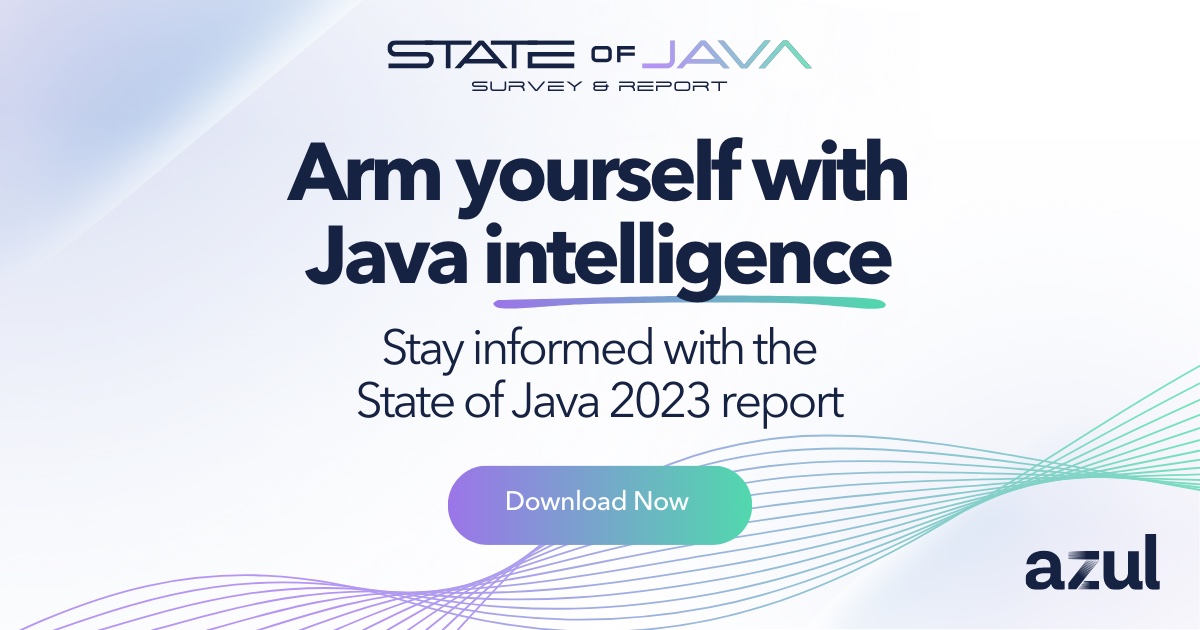
Azul State of Java Survey and Report 2023

How CIOs Can Optimize Cloud Costs

Make Your Cost Management Program Recession Proof


A CIO, or Chief Information Officer, is a C-Suite executive who is responsible for managing an enterprise’s information technology (IT) strategy and systems. Primary responsibilities include managing the IT budget and resources, including overseeing technology vendors and service providers.

Below are the top 5 FinOps strategies for a CIO to adopt.
A CIO requires a complex understanding of their company’s FinOps challenges. It must align strategies and software to manage costs, optimize IT spending, and ensure compliance.
Challenges that a CIO may face in their day-to-day role include:
o reduce and/or optimize cloud spending, the CIO should work collaboratively with the CTO to reach consensus on metrics or KPIs to track on an ongoing basis. Some of these metrics may include:
Cloud spend. This metric measures the total amount of money the organization is spending on cloud services. It helps CIOs track the overall cost of running their cloud infrastructure and provides a baseline for tracking cost optimization efforts.
Azul Platform Core license fees are typically 70% less expensive than Oracle, enabling companies to re-invest money into research and development, human resources, or other areas of the business. Platform Core is designed for the enterprise, with the certified builds, tight security, and cost efficiencies you need to run today’s business–critical, Java-based services.
Azul Platform Prime is a truly superior Java platform that can cut infrastructure costs in half. Platform Prime turbocharges the performance and scalability of your Java ecosystem with a hyper-optimized runtime that maximizes performance while driving down infrastructure costs.
Powering the most progressive enterprise Java applications and deployments with the certainty of performance, security, value and success.
